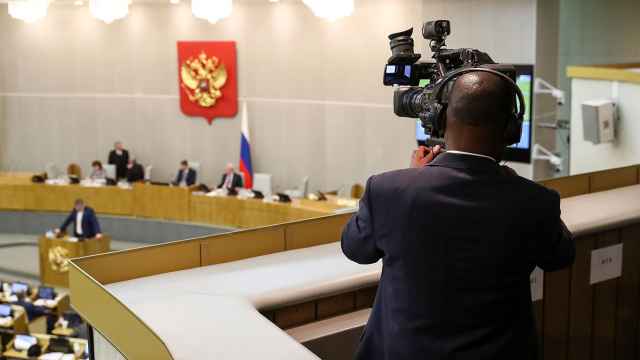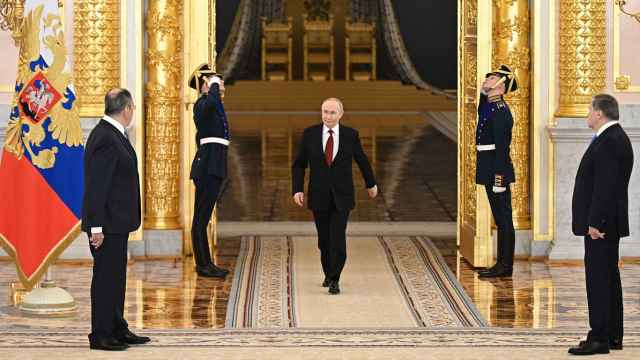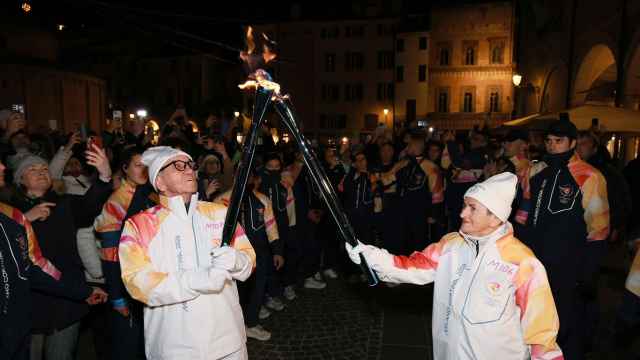
Vladimir Tchikine
Partner, Customs and International Trade
Goltsblat BLP
For customs value purposes, it is not always possible to use the price of a transaction with imported goods in cases when a foreign seller and Russian buyer are related parties, whereas, on the other hand, the possibility for such a buyer to write off its expenses associated with acquiring the goods as production costs also often gives rise to questions. This is because there is a clearly manifested and legislatively secured conflict of interests between the customs and the tax authorities: The customs need to collect as much customs duty as possible, so they need the goods' price to be as high as it can be, whereas the tax authority's remit is to collect as much profit tax as possible, so they need the goods' price to be as low as it can be. With respect to VAT, the interests of the customs and the tax authority might again run counter to each other: The higher the VAT paid to the customs, the more can be submitted for refund by the tax authority. Yet the fact that the transaction price is taken by the customs as the customs value is irrelevant when it comes to this transaction price being recognized as permissible for tax purposes. Russia is certainly not alone in taking this approach. All countries do the same, though Russia does have its own specifics.
Related-party Customs Value

Andrey Shpak
Partner, Tax
Goltsblat BLP
The transaction value is applied as the customs value between related parties on the condition that their affiliation in no way affects the price of the transaction and, if the customs have no good reason to doubt the applicability of the transaction price for customs purposes, the transaction price may still be accepted, provided that the importer of record can prove to the customs that the relationship did not affect the price actually paid or payable. Both the Customs Union Customs Valuation Agreement and the WTO Customs Valuation Agreement lay the burden of proof on the importer, and this is possible only by means specified by law. In Russia, in contrast to the WTO countries, the only means of proof is the comparative method, with the declarant proving to the customs that the transaction price is close to the test values.
The principle of restricting the acceptable means for proving a negative would not give rise to any doubts, were it not for one thing: the business does not have access to the relevant customs statistics. Consequently, if the customs have any reason to doubt, the importer finds itself at a crossroads. It must either 1) agree that the relationship affected the customs value, this entailing application of the fall back method of the customs valuation, but no interest will accrue on the "debt" to the customs since there is no basis for this, or 2) agree to the price information provided by the customs as the test values, this leading to the first variant, or 3) find ways to obtain statistics from its competitors or from the customs, and release the goods against any customs bond this, in addition to potentially leading to the first variant, entailing accrual of interest on the "debt" or to a dispute with the customs that in about 90 percent of cases will be resolved in favor of the importer.
The situation in the WTO is somewhat different. As a WTO member, Russia will have to accept all the rules, regulations, agreements, addenda, interpretative notes and other WTO documents, unless the Protocol of Accession stipulates otherwise. By virtue of Article XXXIV of the GATT 1947: "The annexes to this agreement are hereby made an integral part of this agreement." This rule was also applied to all Interpretative Notes to all GATT (WTO) agreements in 1957. Consequently, by virtue of Clause 2 of the Protocol of Accession by Russia to the WTO whereby Russia acceded to all WTO agreements, unless the protocol sets forth exemptions, all the Interpretative Notes being the annexes to the WTO agreements should become binding for Russia. For example, an Interpretative Note to the WTO Customs Valuation Agreement, in addition to the comparative method, the declarant will gain an opportunity to apply two new ways of proof:
- the price had been settled in a manner consistent with the normal pricing practices of the industry in question;
- the price is adequate to ensure recovery of all costs plus a profit that is representative of the firm's overall profit realized over a representative period of time in sales of goods of the same class or kind.
Even though the customs may have accepted the customs value, it would not mean that tax people would automatically accept it for tax purposes, the tax collectors are bound by other considerations.
Transfer Pricing for Tax Purposes
There are three aspects that need to be considered by in the context of the new Russian transfer pricing rules for tax purposes that came into force on Jan. 1, 2012.
- Type of transaction and the choice of transfer pricing verification method. The first thing that you need to do is to identify the list of transactions subject to Russian transfer rules, where pricing requires validation from the Russian tax perspective. The good news is that domestic transactions with independent parties are no longer subject to transfer pricing control, and that there are relatively high thresholds for domestic transactions with affiliated entities. This list will then drive determination of the applicable transfer pricing verification methods for each types of transactions. Although broadly similar to those under OECD Guidelines, some nuances in the methodology and the source data exist. Ideally you should strive to justify application of "comparable profitability" method (a Russian equivalent of TNMM), as this would minimize the need for benchmarking studies and the amount of supporting documentation that you will need to generate. Tax rules are different from the customs valuation methods and unfortunately may result in situations where the price is acceptable for customs purposes but is not for tax purposes. This is a global problem, and we are not aware of any practical plans by the Russian authorities to address that.
- Consider revising intra-Russian corporate structure to eliminate some controlled transactions. The next step is to consider whether feasible structural steps could reduce them in number. Although generally little can be done regarding imported products (as all cross-border related-party transactions are controlled), restructuring transactions within Russia to reduce controlled transactions may be possible. For example, it may be possible to consolidate several existing legal entities into one, or to move companies to the same region, etc. (this may eliminate the need to control transactions subject to certain conditions).
- Perform relevant benchmarking studies and prepare the Russian transfer pricing documentation on that basis. Consider using a pre-existing documentation template that you may have at the level of the head office. For example, instead of doing separate industry and related analysis, consider relying on the relevant descriptions to be provided by the global template, and then updating it based on local data where necessary.
A Message from The Moscow Times:
Dear readers,
We are facing unprecedented challenges. Russia's Prosecutor General's Office has designated The Moscow Times as an "undesirable" organization, criminalizing our work and putting our staff at risk of prosecution. This follows our earlier unjust labeling as a "foreign agent."
These actions are direct attempts to silence independent journalism in Russia. The authorities claim our work "discredits the decisions of the Russian leadership." We see things differently: we strive to provide accurate, unbiased reporting on Russia.
We, the journalists of The Moscow Times, refuse to be silenced. But to continue our work, we need your help.
Your support, no matter how small, makes a world of difference. If you can, please support us monthly starting from just $2. It's quick to set up, and every contribution makes a significant impact.
By supporting The Moscow Times, you're defending open, independent journalism in the face of repression. Thank you for standing with us.
Remind me later.





